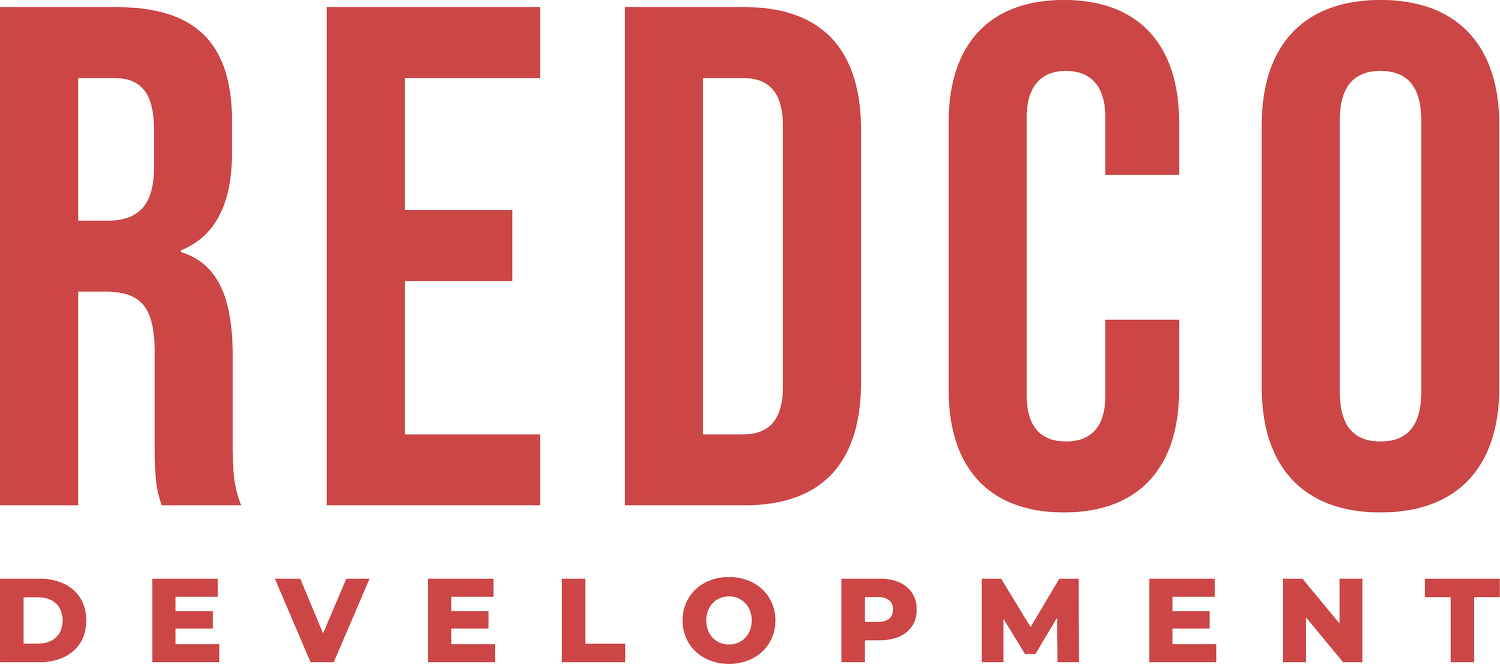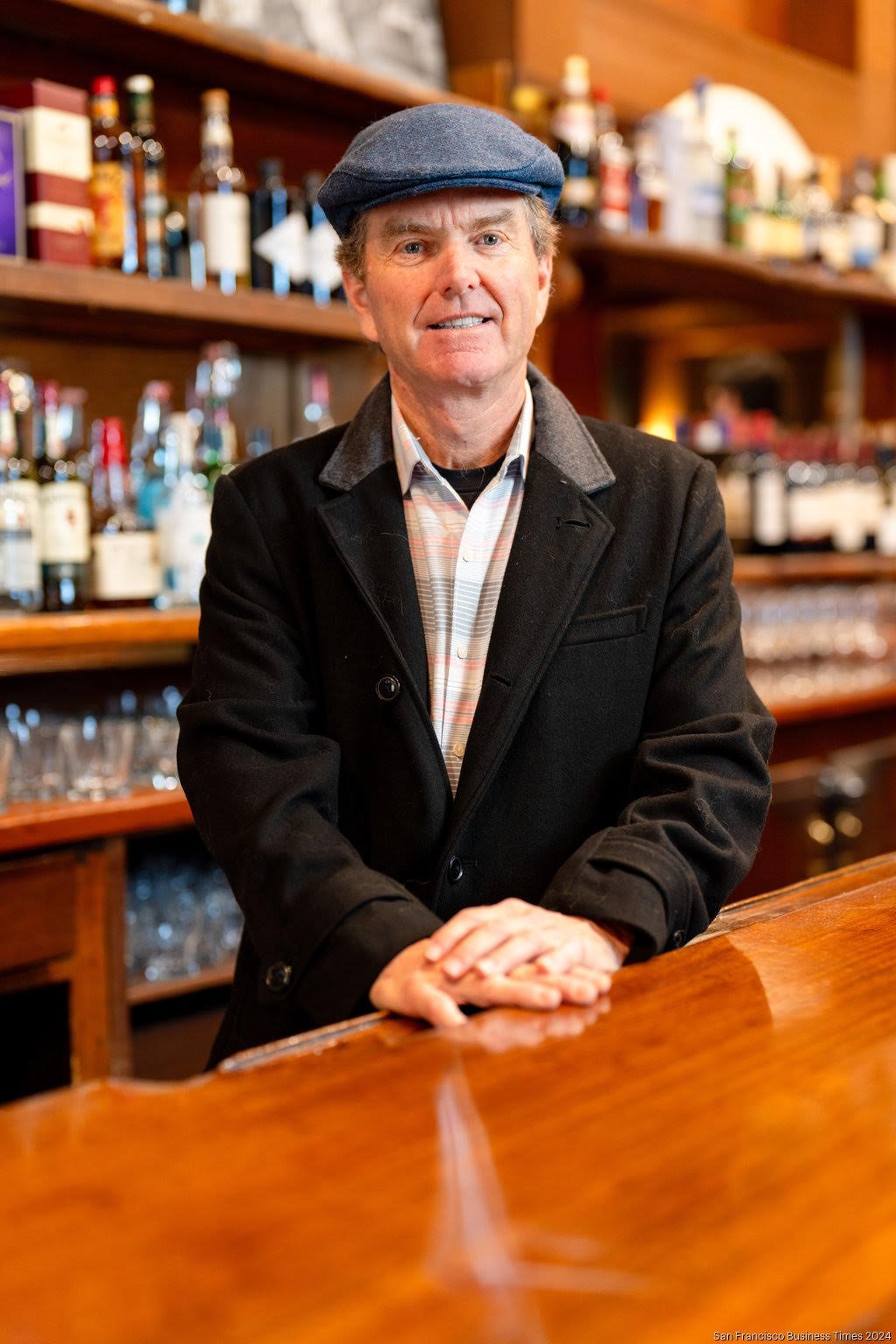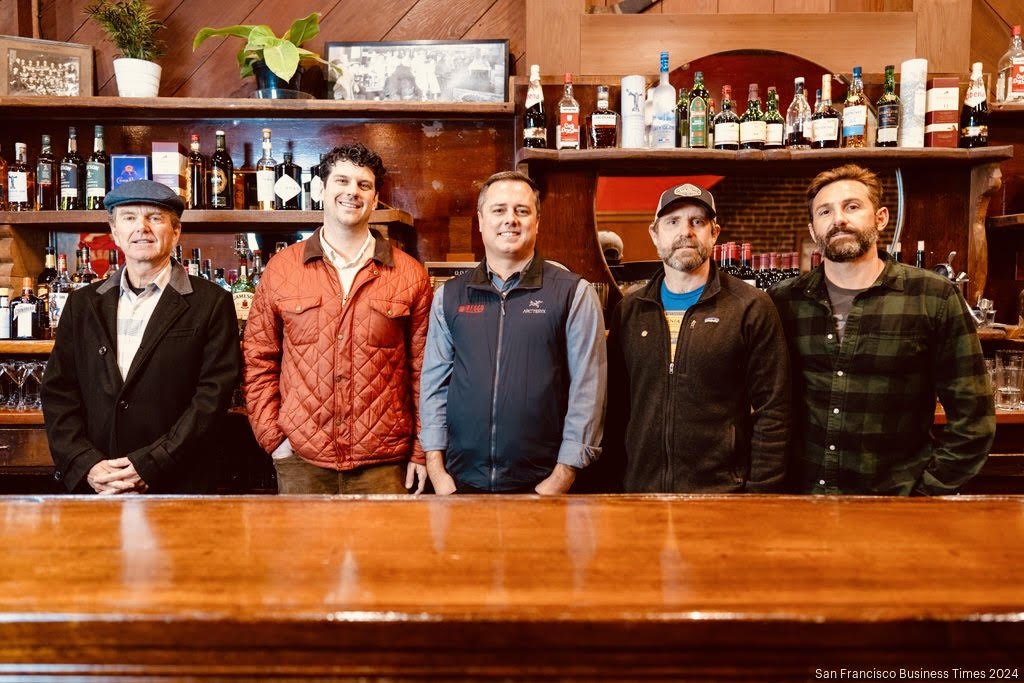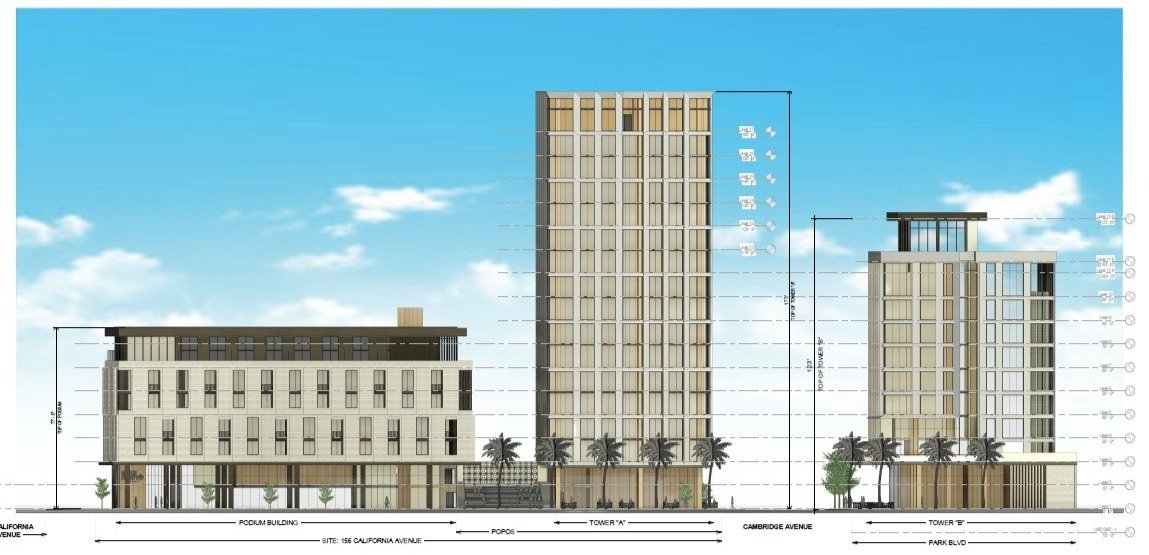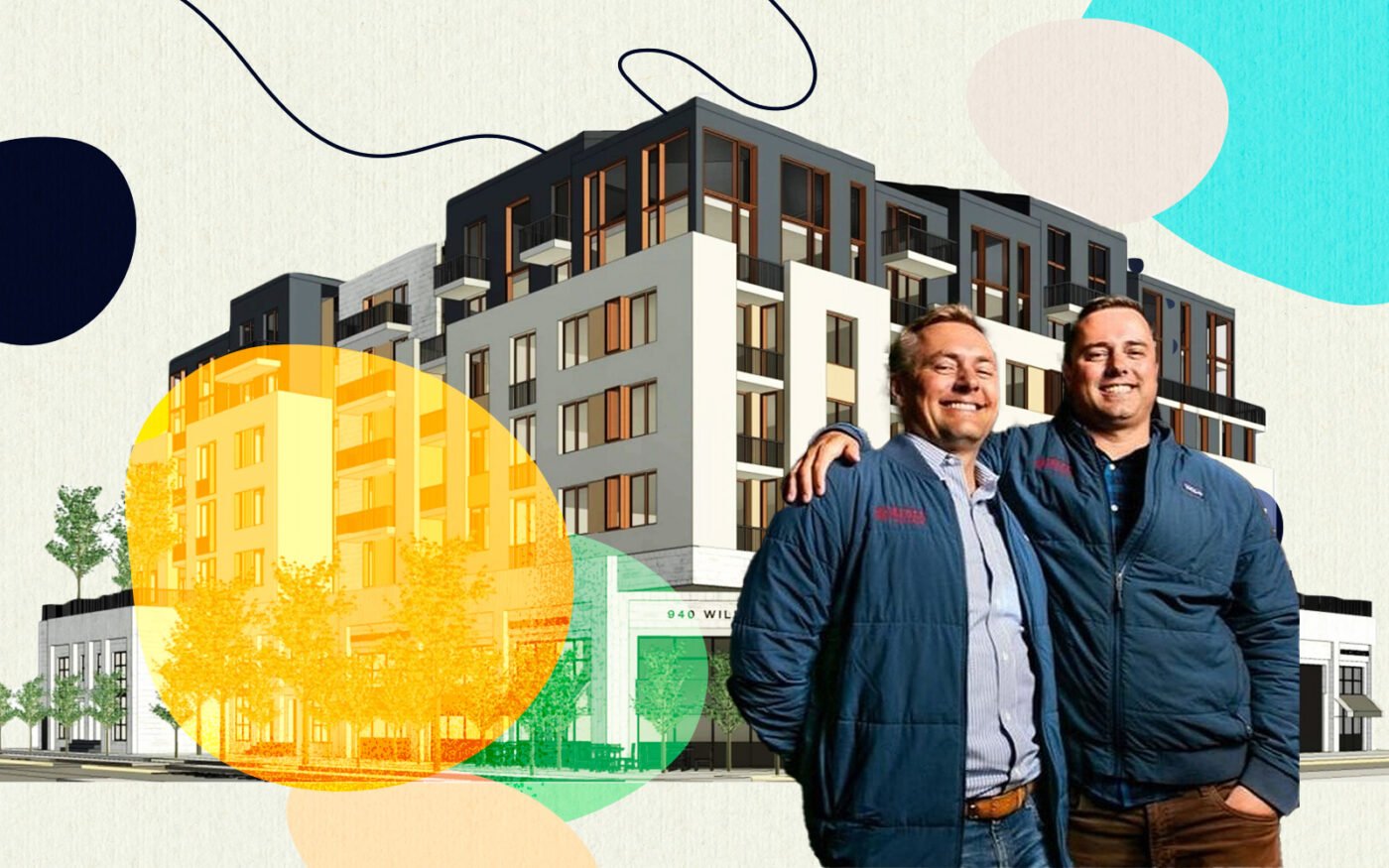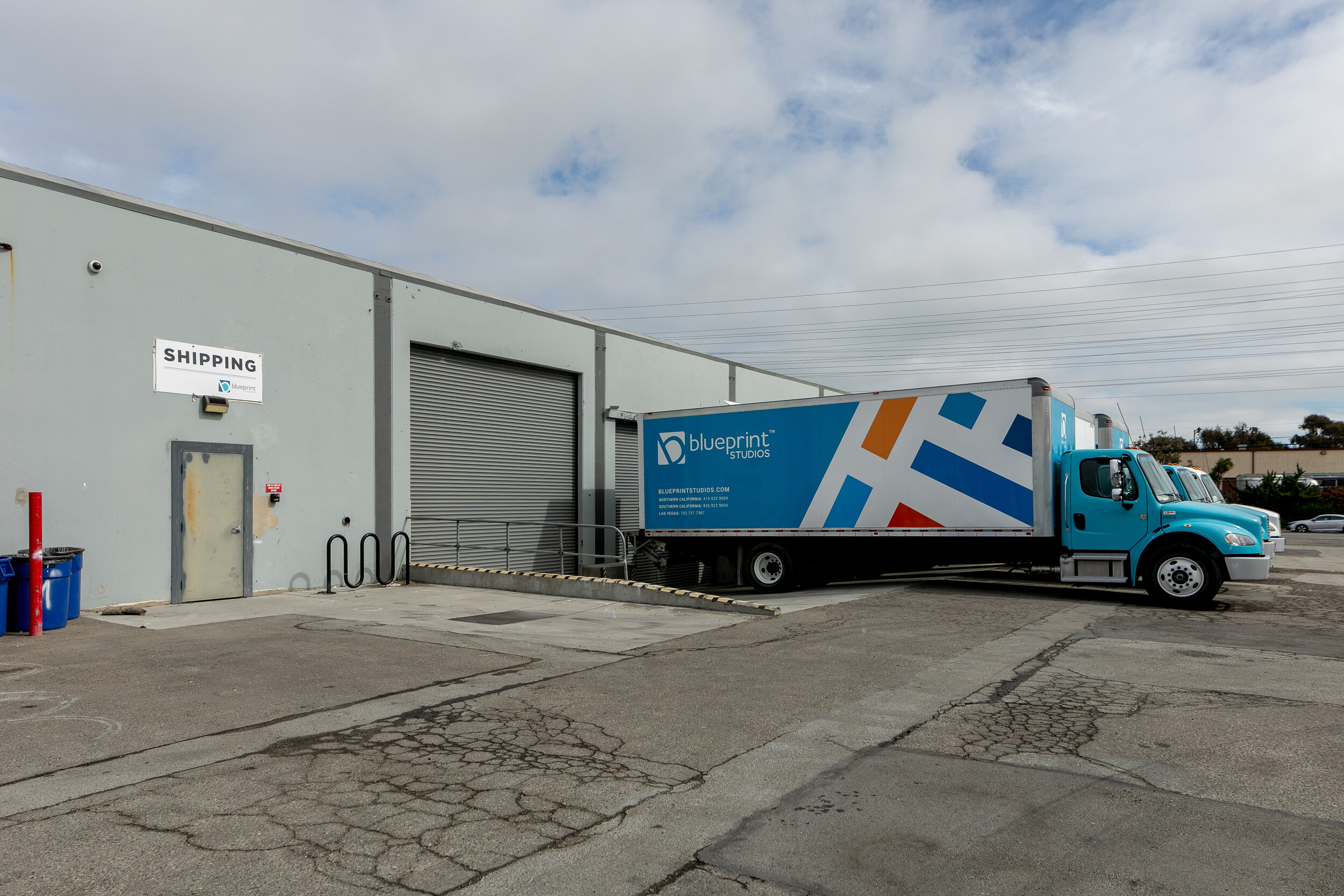Feeling pessimistic about the future of downtown San Francisco? Chris Freise would like to know the last time you paid a visit.
“The people who have been here of late have seen there’s an incredible renaissance going on,” he said.
Freise, who in 2019 founded Redco in San Francisco alongside his brother Jason, sees green shoots everywhere: in the new restaurants filling vacant storefronts; the entertainment zone that now runs down Front Street — and the patrons that fill it after working hours; night markets that crowd Chinatown in the evenings; the throngs of people that come to Second Street on First Thursdays. Meanwhile, the city’s office market has bottomed out, said Freise, who thinks the next year could give way to the kind of leasing demand last seen in San Francisco in 2019.
Spend even 10 minutes with Friese, and you walk away with the distinct understanding you’re dealing with someone who believes in San Francisco. For that belief — and for walking that talk not once but three times in 2024 — Freise is our Dealmaker of the Year.
In 2024, Redco helped reopen Harrington’s, the beloved Financial District Irish bar that shuttered during the pandemic. It acquired 300 California St., a 120,000-square-foot office building just two blocks from Harrington’s and also snagged 400 Montgomery St., an 86,500-square-foot property just down the street from its other two investments.
Freise is decidedly bullish about San Francisco’s office sector, said New York Life Real Estate Investors senior director of transactions Albert Pura. The two worked together two decades ago as analysts at RREEF, and Pura personally invested in the 300 California deal. Freise, Pura said, knows how to translate that bullish sentiment into deals.
“He is really smart, very motivated and he is a hustler,” Pura said. “He’s able to get information. He knows how to connect the dots, build relationships. He’s a really great connector of people and knows how to get things done.”
Tenants make great investors
Redco hasn’t been in the market for just any available building — nor were the Freise brothers necessarily looking to do the kind of all-cash deals that have fueled office investment sales activity in San Francisco for the last 18 months. The question became how Redco could acquire desirable properties while assuaging doubt from lenders, even as the San Francisco office sector’s vacancy rate remained more or less at historic highs.
Freise’s answer was, in retrospect, a fairly simple one: Bring the tenants into the deal.
At 300 California, Redco partnered with GCI General Contractors, Decker Electric and Heffernan Insurance Brokers, each of which contributed equity toward the building’s purchase and signed new leases there as the deal closed. The leases brought 300 California’s occupancy from roughly 50% to 75%, helping to win over lenders. It followed a similar strategy at 400 Montgomery, lining up a smattering of leases with tenant-investors while in escrow that bolstered the building’s occupancy rate to around 75%.
The strategy is both unique to Redco and a postpandemic pivot for the firm, which has historically worked with institutional partners. But as institutional appetite for San Francisco’s office sector has waned, the developer has begun working with its tenants, alongside high-net worth individuals and family offices, to capitalize on the opportunity Friese sees downtown.
“I give Chris a lot of credit,” said John Walsh, who helped broker the 300 California deal. “He had GCI in tow, he was able to get a couple more investors in the building, and it came together.”
‘We just bought a bar’
Perhaps the most diversified investor base Redco put together was for Harrington’s. It partnered with Tonic Nightlife Group, which is operating the bar, brought in members of the Harrington’s family as well as roughly 70 individual investors. The group signed a lease with an option to buy the business and the 10,000-square-foot building for a set but undisclosed amount and expects to exercise it this year.
Ken Harrington, one of the bar’s owners, first approached Redco in 2023, less than a year after the developer put up an unsuccessful offer to buy the 245 Front St. building that houses Harrington’s on its bottom floor. Freise and his brother drove to meet Harrington at his family home, with Freise telling Jason the whole way: “Whatever we do, we are not getting talked into doing Harrington’s.”
“We walked out of there with a handshake,” Freise said. “And you know, we’re really glad we did.”
Freise caved for a few reasons: Time spent early in his career forging a network at Harrington’s, for one thing, a watering hole famously popular among San Francisco’s real estate sector. A desire to preserve a San Francisco institution first opened in 1935, for another. And a grandfather — Robert Edward Daniels, to whom Redco’s naming convention is a tribute – who took no holidays in his work as a tradesman, save St. Patrick’s Day. The bar reopened on St. Patrick’s day last year.
So far the bar has exceeded Freise’s expectations: The team hoped that by its one-year anniversary, Harrington’s would have done $1 million in top-line revenue. As of March, it was on track to close at $1.3 million.
Both 300 California and 400 Montgomery have also exceeded Freise’s expectations less than a year into ownership, beating the respective pro formas Redco wrote ahead of closing its acquisition of each building. That’s the thing about San Francisco today, Freise said: Even for someone betting heartily on its recovery, the city is easy to underestimate.
“I can’t tell you how many times we’ve had these conversations with investors, and they were all thinking about how wrong it could go,” he said. “They weren’t thinking about how good it could go — how well it has gone.”
About Freise
Title: Co-founder & Managing Partner, Redco Development
Resume: Founded Redco with brother Jason in 2019; previously co-founded Lift Partners; LBA Realty
2024 Deals: Purchased 300 California St. in May and 400 Montgomery St. in November; leased 245 Front St. with an option to buy and reopened Harrington’s
